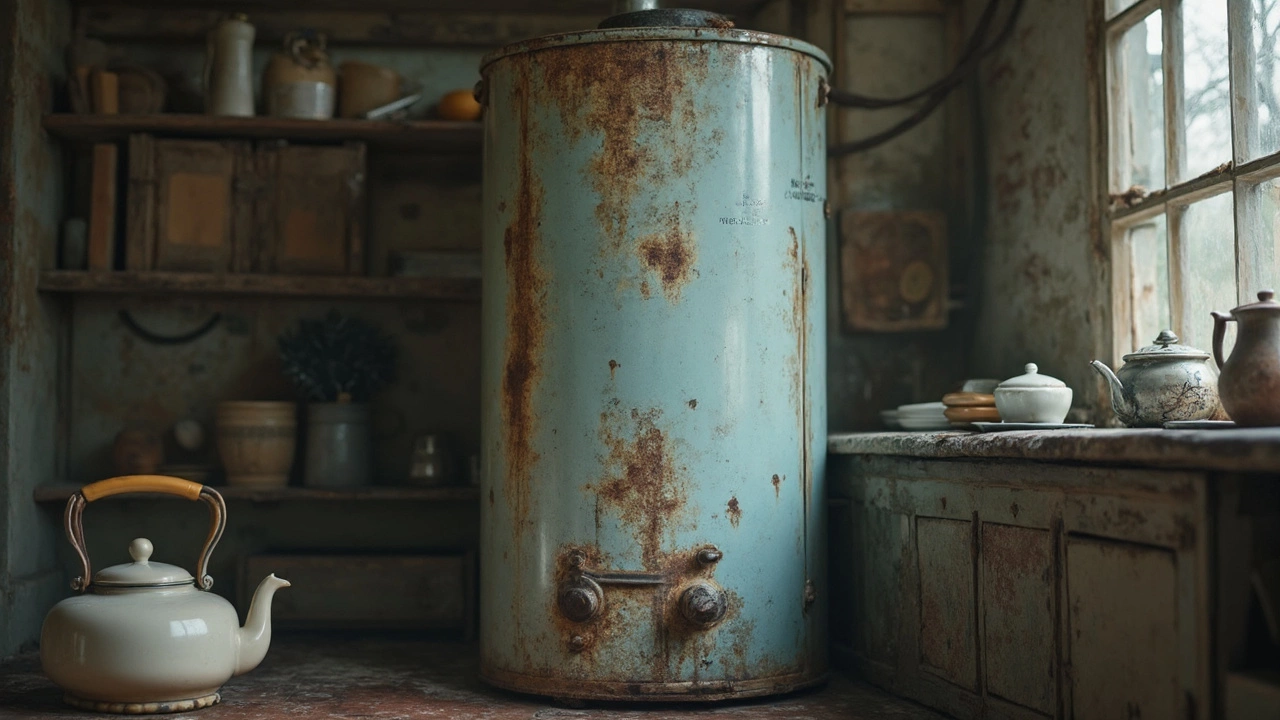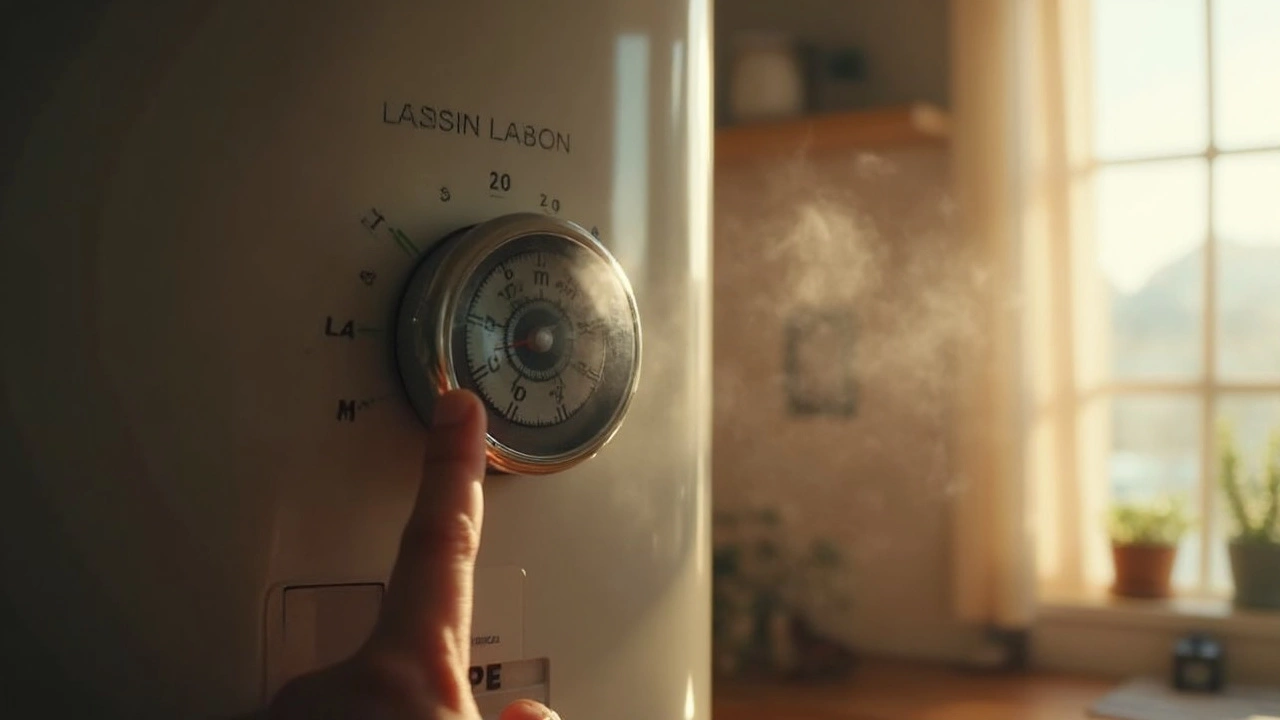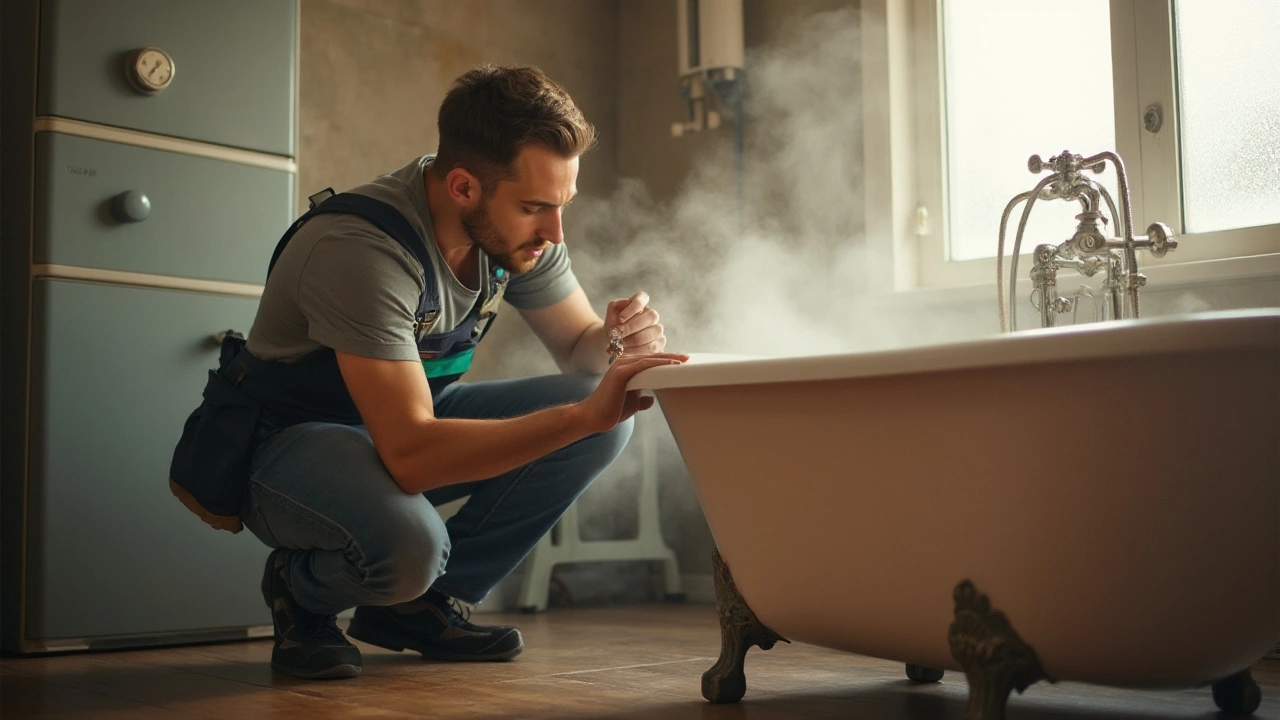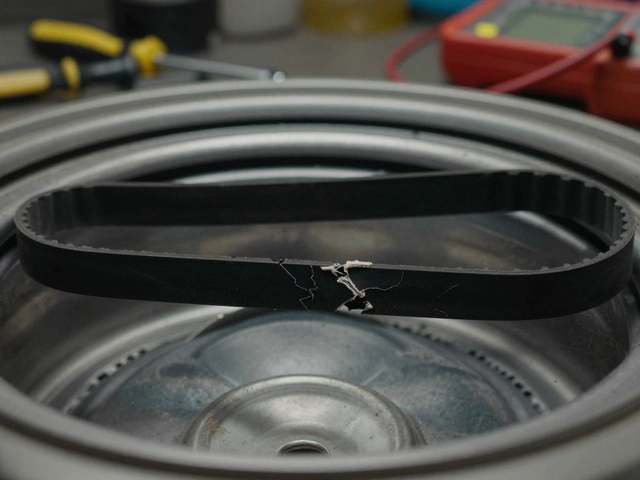Water Heater Issues: How to Diagnose and Fix Common Problems
Cold water coming out of your tap is annoying, but fixing it isn’t always a nightmare. Most water heater issues are caused by a few simple things – a tripped reset button, a faulty thermostat, or a build‑up of mineral deposits. Below you’ll find step‑by‑step checks you can do yourself before you call a technician.
1. No Hot Water? Start with the Power Source
If you have an electric water heater, locate the circuit breaker. A tripped breaker looks like the switch is flipped to the ‘off’ position. Flip it back on and wait a few minutes. If the water stays cold, press the reset button on the heater’s thermostat (usually a red button near the top). Hold it for a second, then listen for a click. That often solves a simple overload problem.
For gas heaters, make sure the pilot light is lit. If it’s out, follow the manufacturer’s instructions to relight it – usually turning the gas knob to ‘pilot’, holding a button down, and using a match. If the pilot won’t stay lit, the thermocouple could be dirty or failing, which needs a quick cleaning or replacement.
2. Leaks, Noises, and Odd Smells
Leaking water around the base of the heater usually means a loose pipe or a faulty pressure‑relief valve. Tighten connections with a wrench, but don’t over‑tighten. If water keeps pooling, the tank itself may be corroded and will need replacement.
Rattling or popping noises are usually mineral buildup inside the tank. Flushing the heater can clear the deposits: turn off power or gas, attach a garden hose to the drain valve, open the valve, and let the water run until it’s clear. This simple maintenance can extend the life of your system by years.
Any burnt‑rubbery smell indicates a heating element problem in electric units or a faulty burner in gas units. Turn off the heater immediately and call a professional – working with electrical or gas components can be dangerous.
When you’ve tried the reset, checked the pilot, tightened connections, and flushed the tank, but the water is still lukewarm, it’s time to look at the thermostat. Most modern heaters have two – a high‑limit and a low‑limit. If either is set too low, you’ll never get hot water. Adjust them according to the manual (usually around 120°F/49°C) and see if temperature improves.
If the thermostat still won’t heat, the heating element or gas burner may be dead. Replacing an element costs about £30‑£50 for the part plus labor, while a gas burner may be a little pricier. At this point, calling a local Hinckley repair service will save you time and ensure the job is done safely.
Regular maintenance can prevent most of these issues. Set a reminder to flush your tank once a year, test the pressure‑relief valve, and inspect the anode rod for corrosion. A quick visual check each spring can spot trouble before it turns into a costly repair.
Bottom line: most water heater issues are fixable with a few basic steps. Start with the power source, check the pilot, tighten fittings, and flush the tank. If you hit a roadblock, a qualified Hinckley technician can diagnose deeper problems like failed elements or corroded tanks. Don’t let a cold shower ruin your day – a little troubleshooting goes a long way.
12 April 2025
·
0 Comments
Having trouble with your water heater? You're not alone! Water heaters can develop issues over time, from a lack of hot water to strange noises. This article breaks down the common failures that can affect your unit, explaining what may go wrong and why. Get insights into typical problems like thermostat failures, sediment buildup, or leaks, and learn some tips on how to address these problems.
Read more
14 February 2025
·
0 Comments
Checking if your hot water heater thermostat is malfunctioning can save you from cold showers and expensive bills. This article breaks down the key signs of a faulty thermostat, practical tips for testing it, and quick solutions to fix common thermostat issues. Learn about simple maintenance steps that extend your heater's life and discover when to call a professional. Equip yourself to handle thermostat troubles efficiently and keep your hot water running smoothly.
Read more
31 October 2024
·
0 Comments
Identifying and fixing issues with water heaters can save you from cold showers and costly repairs. Common issues include malfunctioning thermostats, heating elements, and sediment build-up. Understanding these problems and knowing how to address them can extend the life of your water heater and maintain its efficiency. This article delves into typical water heater issues, their causes, and possible solutions.
Read more








